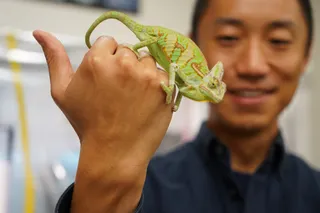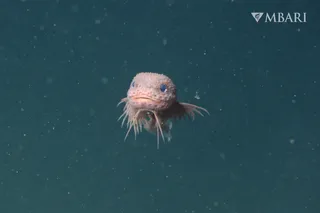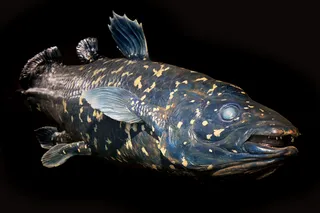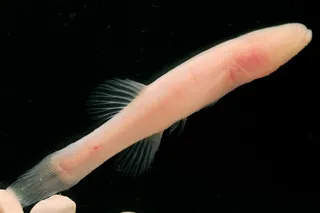In 1793 the German botanist christian Konrad Sprengel first suggested that the colors in flowers existed not to please our senses but to please those of bees and other insects. He observed that as insects fed on nectar in different flowers, they helped plants reproduce by conveying pollen from the stamen, or male part, of one plant to the pistil, or female part, of another. To lure pollinating insects, he reasoned, flowers must use color signals to advertise their nectar. When later researchers found that the sensitivity of bee color vision precisely matched the hues in floral color displays, another inference seemed obvious: the debut of flowering plants, or angiosperms, some 100 million years ago probably shaped the evolution of color vision in bees, a well-established group that adapted to exploit this new food source.
Now biologist Lars Chittka of the State University of New York at Stony Brook has ...














